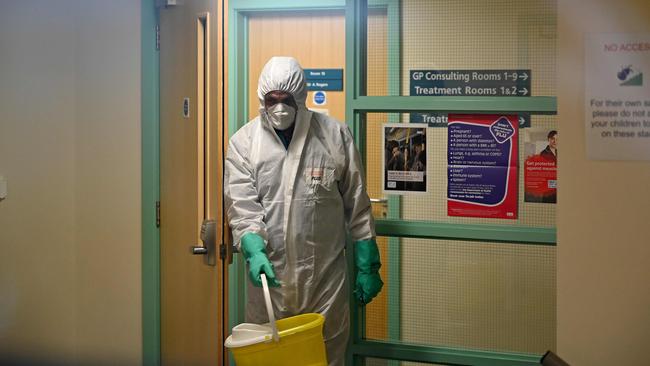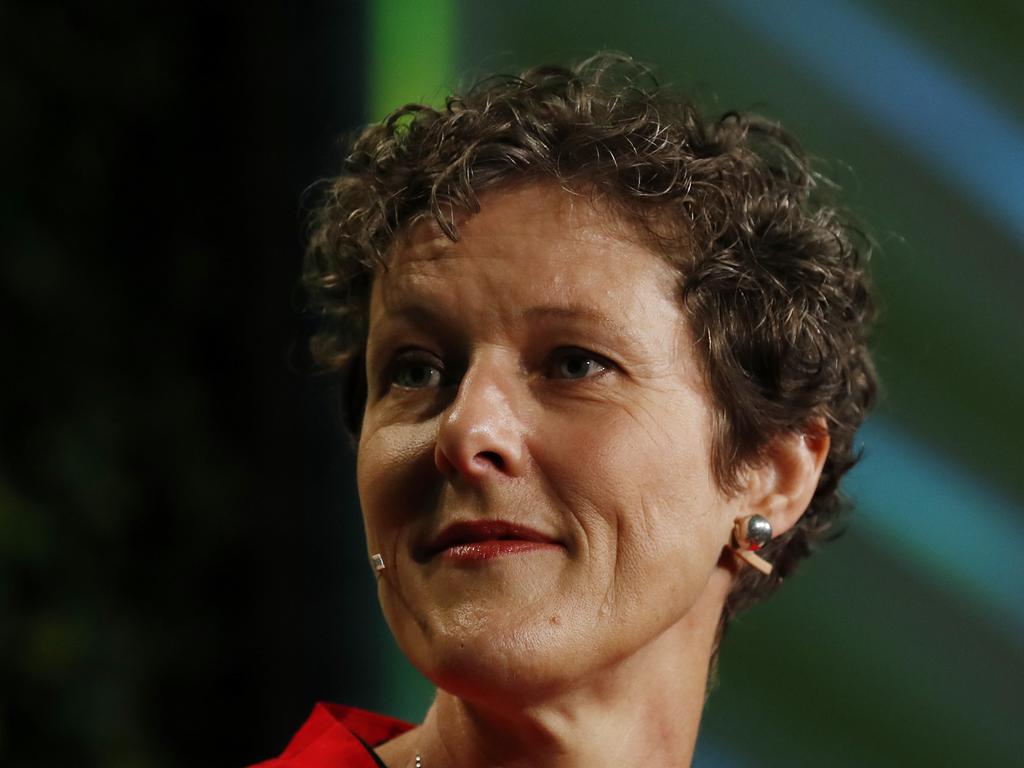The Covid mystery: how do some defy catching the virus?
There have always been anecdotes during pandemics of unusual survivors – and Covid-19 is no different. Now, scientists suspect that people who avoid coronavirus might help overcome the crisis.

IT was the very start of the pandemic and Mayana Zatz’s neighbour was sick. He was in his 60s and he had a high fever – but he was not the sole concern. He lived with his wife.
Zatz thought that inevitably she too would be infected. Days passed, then a fortnight. The husband got better, his wife seemed fine. Was she asymptomatic? Zatz, a geneticist at Sao Paulo University, looked at her blood. There were no antibodies. The pair had lived together. He had been infected. Yet she had not got it.
This gave Zatz an idea: were there other “discordant couples"? Could they tell us something? Could they even help us to defeat this disease?
She put out a call and more than 2,000 responded. Of the 100 they chose, in which one partner had been infected and the other had not, the same is largely still true.
More than a year and two waves on, in the vast majority of cases, in one of the worst-hit countries in the world, the uninfected partner has remained Covid-free. Was there something in their genes that made them naturally immune? And can we use this to our advantage? Across the Atlantic, Mala Maini, from University College London (UCL), was also thinking about prior immunity.
But she was not looking at genes. As the UK pandemic began, she had been following healthcare workers – tracking the spread of disease in a group highly at risk. As the first wave came to an end many, as expected, were infected but many were not.
For 10 to 15 per cent there was a grey area. Look at their antibodies and they were in the clear. They hadn’t been infected. Look at the response of interferon – made by the body in response to infection – and they had. Look at their T-cells, yet another wing of the immune system, and here too there was a jump in those that responded to coronavirus.
It was Schrodinger’s infection. Half the immune system was saying they had been infected. Half was saying they had not. What had happened?

Maini suggested that it was an “aborted infection”. The coronavirus had infected a cell – but had then been fought off so rapidly that it never registered. She concedes that in proposing this she is going into what, pre-pandemic, would have been considered speculation.
“It’s not a very well accepted phenomenon,” she said. “There’s been little bits of evidence but it’s been quite difficult to document.” Now though?
There have always been anecdotes during pandemics of unusual survivors. The prostitutes in east Africa who never got Aids. The Black Death gravedigger whose own grave was not dug. Coronavirus has given an opportunity to study these people – even to exploit them. Because if people can be immune before the virus arrives then that is information we can use – to help us all.
When Zatz looked at her couples, she found a suite of genes that went some way to explaining the outcome. Some genes related to immune cells are called “natural killer cells” – part of the “innate immune system”.
Looking at the blood of her sample, Maini found another candidate as well: the common cold. In the summer of 2020, Alex Sette, a biologist at the La Jolla Institute for Immunology, California, published a study. He and his colleagues had found a library of blood samples and some of them contained T-cells that attacked the coronavirus. T-cells are another unit in the immunity army, attacking once the infection has begun. An antibody will prevent an infection entering cells. T-cells will help defeat it even if it is in cells.
In doing so, they lessen disease – they provide the vaccine protection against hospitalisation. The most crucial bit of information about Sette’s blood samples is that they had been frozen for years. These people had never seen the novel coronavirus.
Their immunity most likely came from previous coronaviruses. “What this means is that you have a head start,” Sette said. The response to his findings was astonishing. In the summer of 2020 cross-reactive T-cells became a key in the argument that the pandemic was over. The argument ran, some of us had been infected with the novel coronavirus, some less novel ones – therefore all were protected. The fact that Sette and his colleagues disagreed was neither here nor there. Amid record US cases now, Sette said: “I don’t think the argument that the pandemic was over in summer 2020 would have much traction.”
But this does not mean that T-cells are not important. Studies since have shown those who have them have a better vaccine response. They may fight off disease better. Then there is Maini’s work suggesting they can stop infection: these were the T-cells she saw boosted in the apparently uninfected healthcare workers.
The most important conclusion, perhaps, is that we can ourselves exploit them. “If you induce these T-cells in a vaccine, then we could get broad cross-immunity,” Ajit Lalvani, from Imperial College, said. “We now have billions of people, all with antibodies against the spike protein. Under this intense immune pressure, the virus is going to evolve.” This is what Omicron did. T-cells could provide broad protection against current – and future – variants because the internal proteins are conserved across different variants. And T-cells tend to last longer than antibodies. This is what excites Lalvani. The work from UCL found the “smoking gun” of cross-reactive T-cell immunity, he said.
He and his colleagues have gone to infected households to measure the T-cells in people before they could have been developed in response to infection. Then, they have looked to see who did not get infected. Like everyone who speaks to The Times, Lalvani is wary of the implications.
The debate in the summer of 2020 has scarred the field. “People were taking this hypothesis as fact,” he said. “And then they were saying you can make policy decisions based on that. It was very dangerous.” He asks The Times to state that he very much supports vaccines.
The truth is, for most people cross-reactive coronaviruses did not provide super-immunity. At best, they were themselves like a dose of vaccine.
In Brazil, Zatz and her colleagues are still teasing out the roles of those genes. Erick da Cruz Castelli, who works with Zatz, is trying to tease apart the link between the genes and natural killer cells. Perhaps we can use drugs to mimic it? He is also, though, trying to solve his own mystery.
Recently, his family suffered a bout, living together in a multi-generational household. “My parents are about 75 years old,” he said. “There were four individuals in a small apartment, and my mother didn’t get it. Why?”
As with everyone studying the pandemic, eventually the professional becomes the personal.
THE TIMES





To join the conversation, please log in. Don't have an account? Register
Join the conversation, you are commenting as Logout